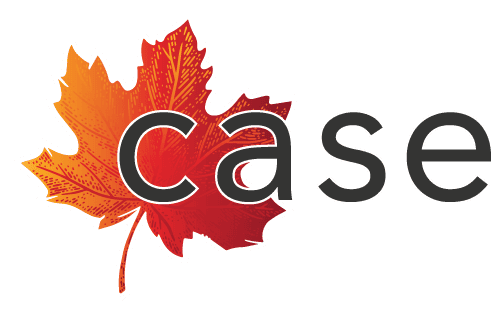International Women’s Day 2024
Invest in Women:
Accelerate Progress
The theme for this year’s International Women’s Day, marked annually on March 8, is Invest in Women: Accelerate Progress.
When it comes to the Canadian labour market, changes are still needed in many areas to reduce the significant barriers still faced by women experiencing disability and who are Indigenous, racialized, and/or live with a low-income (1).

Photo credit: Disability:IN
Statistically, Canadian women have a higher rate of disability than men (2). These rates are even higher for Indigenous women compared to Indigenous men and compared to women and men in the general population (1).
30%
Canadian women
experience
disability
24%
Canadian men experience
disability
36%
Indigenous women in Canada experience
disability
26%
Indigenous men
in Canada
experience
disability
(Note that the figures for Indigenous women and men are from 2020 and those for non-Indigenous Canadians are from 2022. The numbers above for Indigenous women and men may potentially be higher given that the total number of Canadians experiencing disability increased in the 2022 Canadian Survey on Disability.)
In DAWN Canada’s More than a Footnote: Policy Forum Summary Report 2022, they emphasize that the interconnectedness of social identities and social structures impacts livelihoods:
“Intersectionality is key to how we interact with social structures, and this influences the forms of discrimination experienced by women and girls with disabilities. Social and economic services are difficult for people with disabilities to access and pursue, which then leads to unemployment issues.
“Women and girls with disabilities are not being supported by the current system. We need to create services that support people and allow them to flourish; this means not overlooking or focusing on one service. Without one piece, everything crumbles—we need housing, education, health care, etc.” (3)
The weaving of race, gender, and disability presents different experiences and, accordingly, different challenges with multiple services. These lived experiences relate to both individual and societal experiences of discrimination.
One theme that often surfaces in supported employment is that to be successful in their employment journey job seekers and workers also require supports in other areas of their life.
“The current economic climate poses multiple challenges, particularly for job seekers who experience disability, identify as women, and have other intersecting identities,” said CASE Executive Director, Joanna Goode. “The more knowledge and understanding we have about clients and their unique experiences, the more employment programs can be tailored to meet their needs. One successful evidence-based program, In Motion & Momentum+ (IM&M+), highlights the importance of employment programs that are participant-centred and solutions-focused.”
Intersectional Analysis to Reduce Barriers
While employment service providers have limited control over external factors, intersectional analysis, using tools like those below, can bring to light clients’ diverse employment experiences to identify the unique barriers they face.
The resulting data can help with the development of targeted supports, like wraparound supports, processes, policies, or community collaborations that can help to reduce barriers for clients with intersecting identities—thus accelerating their progress.
Of visible minorities in Canada who experience disability (4):
14.5% are women
13.9% are men
Gender Equality and Intersectional Analysis Toolkit
The Canadian Research Institute for the Advancement of Women developed the Gender Equality and Intersectional Analysis Toolkit, including helpful worksheets. It offers a comprehensive process that can help you to:
- Build a profile of the individuals impacted.
- Collect data.
- Build arguments and recommendations.
- Develop strategies to move from analysis to action.
Developing a Program under the Canadian Human Rights Act or Employment Equity Act
While this guide by the Canadian Human Rights Commission is intended for federally regulated employers and service providers, it offers information anyone can use to design programs that reduce disadvantages or representation gaps experienced by groups that face discrimination.
With a central priority on Engagement, the four stages of developing a program include:
- Plan
- Write
- Implement
- Review
References
- Employment and Social Development Canada. Covid-19 Disability Advisory Group Report. 2020. Accessed February 27, 2024.
- Statistics Canada. Canadian Survey on Disability 2017 to 2022. Released December 1, 2023. Accessed February 27, 2024.
- DAWN Canada, in partnership with Global Affairs Canada and the University of Guelph’s Live Work Well Research Centre. More than a Footnote: Policy Forum Summary Report 2022. Accessed Feb 29, 2024.
- Statistics Canada. The Visible Minority Population with a Disability in Canada: Employment and Education. Released December 3, 2020. Accessed February 27, 2024.

